
companies of UAS drones, big UAVs systems for aerial photography, videography, surveillance, mapping! suppliers of unmanned aircraft systems UAS for agriculture, search rescue, petroleum in china.
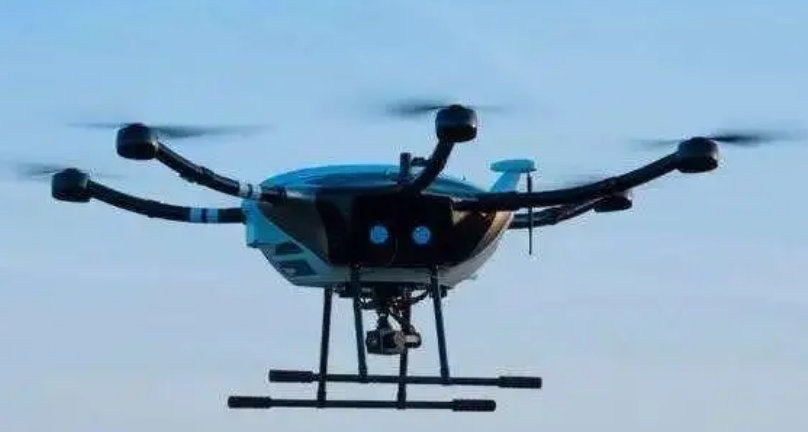
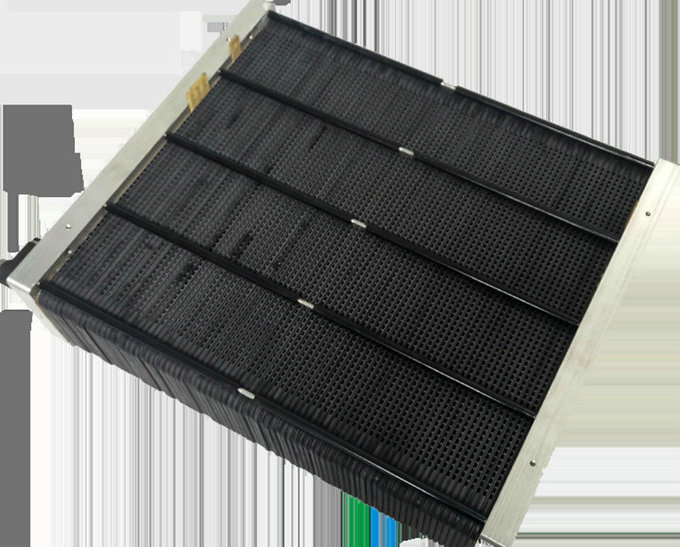
unmanned aircraft systems (UAS), often referred to as a drone system, is a comprehensive ecosystem that encompasses not only the unmanned aerial vehicle or drone itself but also the ground-based components and control infrastructure required to operate the system effectively.
the unmanned aerial vehicle is the flying component of the system. It includes the aircraft, propulsion system, sensors, and other onboard equipment. drones can vary in size, design, and capabilities, depending on their intended use.
the ground control station is where the human operator, often referred to as a pilot or operator, manages and controls the unmanned aerial vehicle. it typically consists of computer software or hardware that provides the operator with real-time data, telemetry, and a user interface to command and monitor the drone.
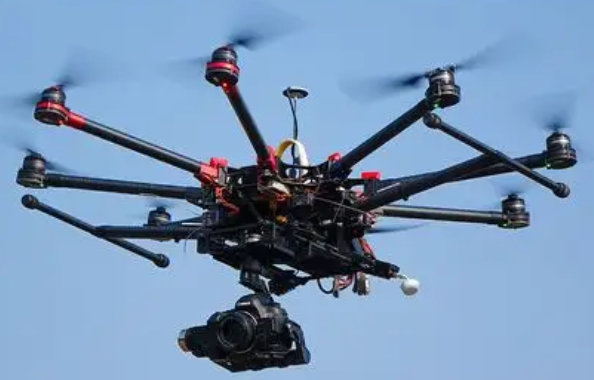
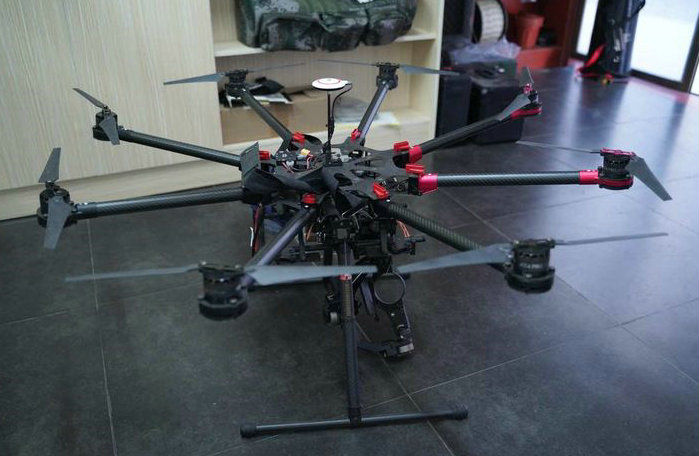
the communication link connects the unmanned aerial vehicle to the ground control station, enabling two way data exchange. this link can be wireless, using radio frequencies, WiFi, cellular networks, or satellite communication, depending on the operational range and requirements of theunmanned aircraft systems.
the concept of a unmanned aircraft systems emphasizes that the system operates as a cohesive unit, where data and commands flow between the unmanned aerial vehicle and the operator. the operator operator can monitor the drone's status, make real-time adjustments, and issue commands, while the drone collects and transmits data from onboard sensors and cameras.
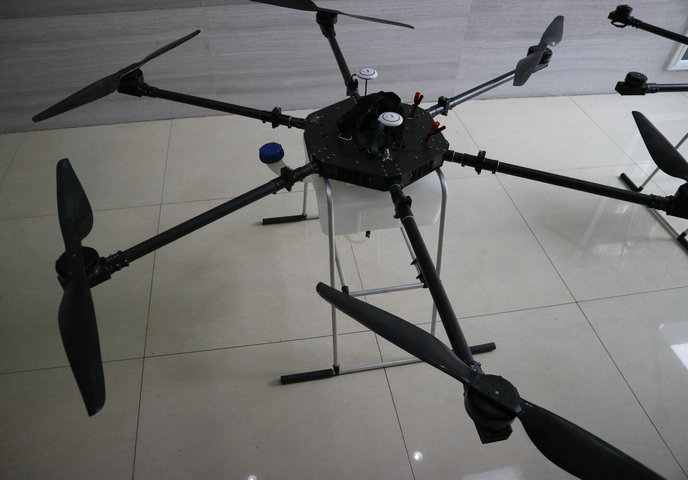
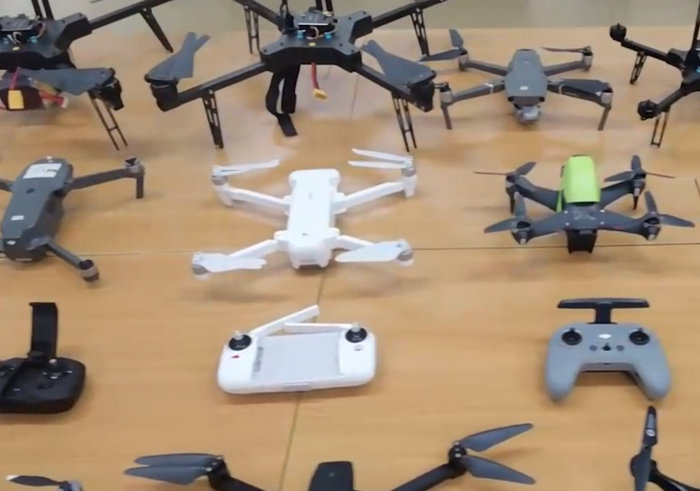
unmanned aircraft systems are used in various industries and applications, including aerial photography, videography, surveillance, mapping, agriculture, search and rescue, scientific research, delivery services, and more. they offer advantages such as improved efficiency, cost-effectiveness, and reduced human risk in applications where it may be dangerous or impractical for a human to be present in the aircraft.
the term unmanned aircraft systems is often used in a regulatory and operational context to emphasize the system's holistic nature, as it involves not only the drone but also the necessary infrastructure for safe and effective operation.
when the drone deviates from its setpoint, the integral controller takes note of the duration and magnitude of the error and applies corrective actions proportionally. By doing so, it helps the drone correct for any differences between the desired altitude and its actual altitude, allowing for a stable and precise hover at the specified height. powerpack ensures safe flight. the distributed hydrogen powered UAVs consisits of high performance software and harware providing stable power to hydrogen drones.
- home
- products
- contact
- equipments
- UAV
- camera drones
- fixed wing UAV 200
- VTOL aircrafts 220
- hand-throwing fixed-wing UAVs
- quadcopter drones 820
- huge hexacopter UAVs 1550
- big hexacopter UAVs 1100
- drone PCB
- mini drones 180
- PTZ gimbals
- hydrogen powered drones
- drone LiDAR cameras
- FPV drones
- drone hangar
- underwater robotics
- unmanned helicopters
- drone swarms
- aerial photography drones
- agriculture drones
- inspection drones
- police drones
- emergency drones
- logistics drones
- mapping drones
- mining drones